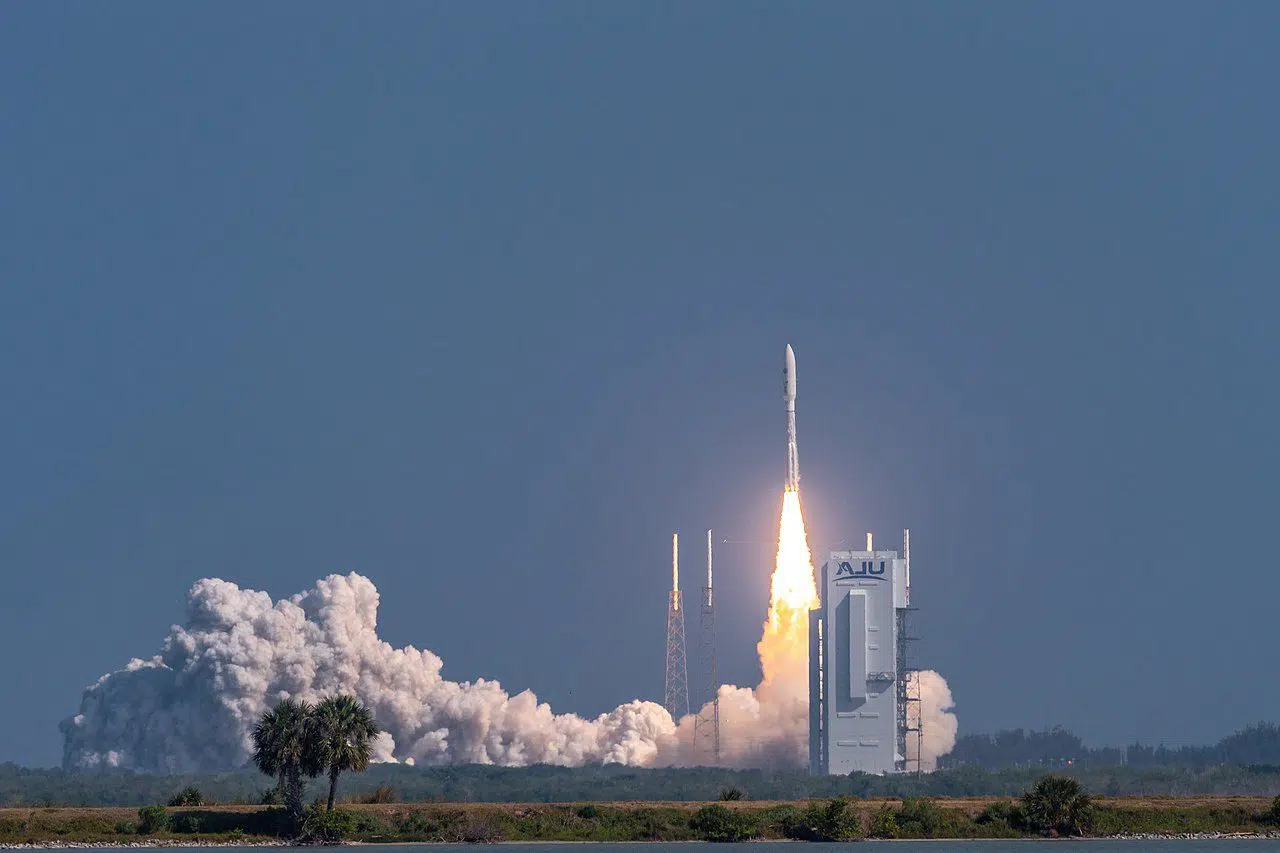Roseville, Calif. — As part of its ongoing efforts to build a nationally recognized brand, PRIDE Industries has hired award-winning communications expert Kat Maudru. A veteran media professional, Maudru will manage public relations, social media, and crisis communications for the nonprofit social enterprise.
Maudru brings decades of media experience to PRIDE Industries. She spent over 20 years as an on-air radio personality on 96.9 The Eagle, while also serving as news and public affairs director for Entercom Sacramento. While at Entercom, Maudru created and hosted nearly 100 episodes of the popular “Nor Cal Names” podcast, and she managed the company’s social media presence. Maudru also served as PR Manager at Ivie & Associates.
“Kat brings a passion for our mission combined with an incredible wealth of communications expertise to our marketing efforts,” said Leah Burdick, Chief Growth Officer of PRIDE. “She will be a huge asset in driving our message on the value of an inclusive workforce and expanding awareness of our employment programs for people of diverse abilities nationwide.
Maudru has a lifelong passion for helping nonprofits and giving back to the community. She has orchestrated numerous large-scale community relations projects, hosted a weekly public affairs radio program, and served on the boards of multiple nonprofits and charities.
“It is an honor to share PRIDE Industries’ important and inspirational stories with the world,” said Maudru. “I’m thrilled to join this dynamic company in their mission to create employment opportunities for people with disabilities and barriers to employment.”
Maudru has a Master of Arts in Broadcast Communication Arts from San Francisco State University and a Bachelor of Arts in Mass Communication from UC Berkeley.
About PRIDE Industries: PRIDE Industries is the leading employer of people with disabilities in the country. As a 501(c)(3) nonprofit social enterprise, the organization provides facility operations and maintenance services, custodial services, contract manufacturing, supply chain management, and fulfillment services to public and private organizations nationwide. Founded in 1966, PRIDE’s mission is to create jobs for people with disabilities through person-centered job coaching, training, and placement. PRIDE’s mission extends across the country, assisting individuals to become self-sufficient, contribute to their communities, and achieve their goals.

PRIDE Industries is a social enterprise delivering business excellence to public and private organizations nationwide.
